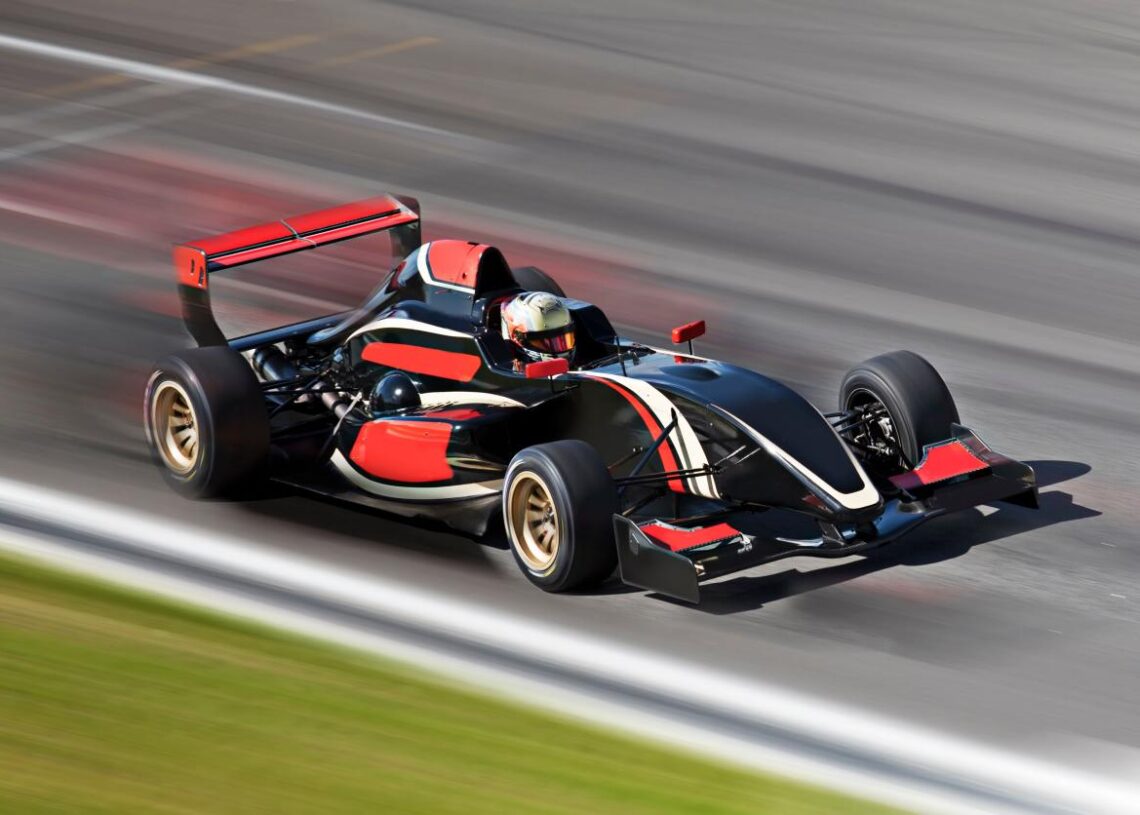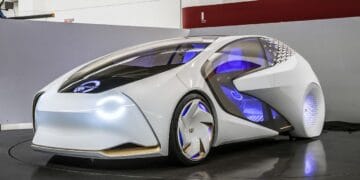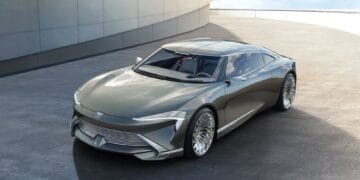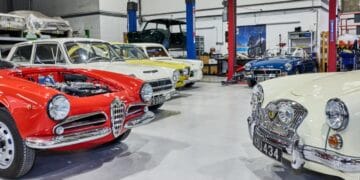The Year of Thrills
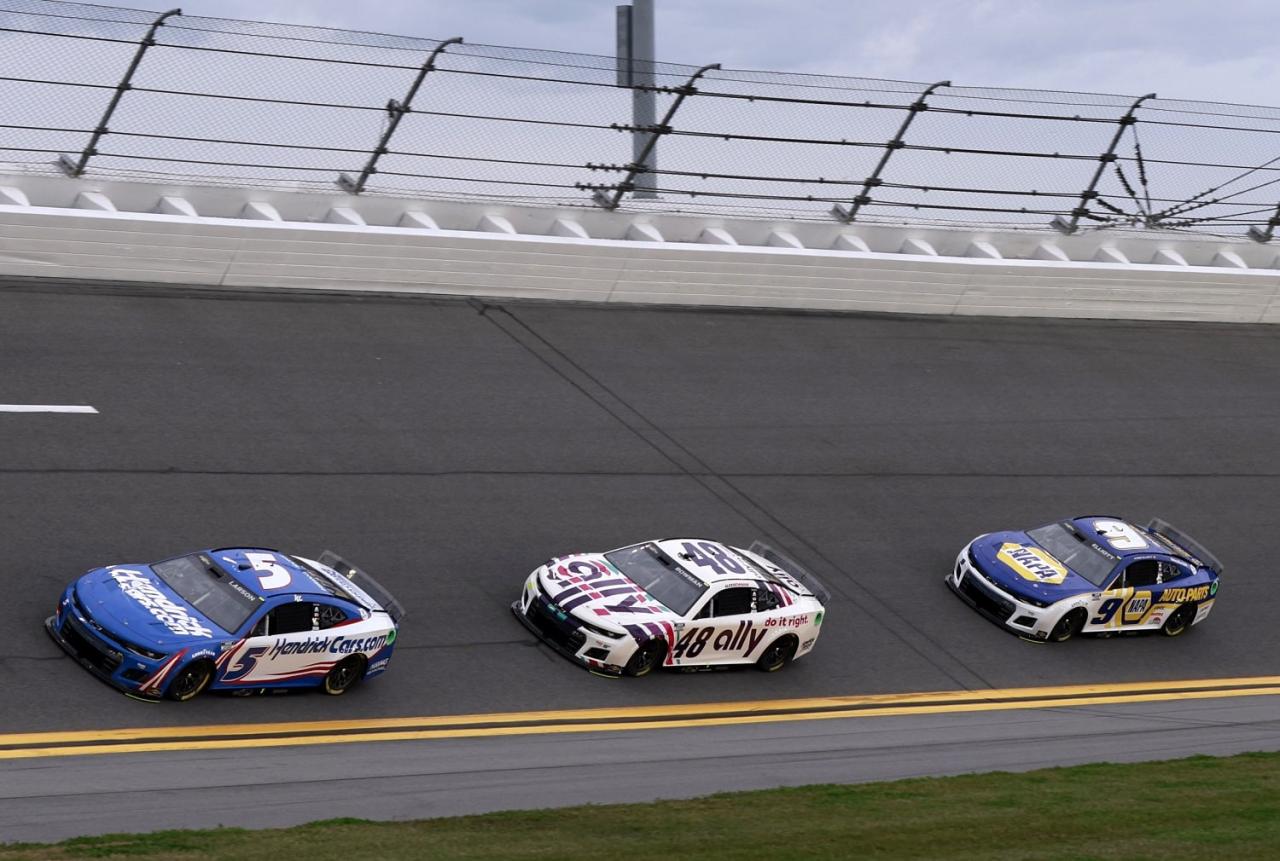
For enthusiasts worldwide, the dawn of a new motorsports season brings with it an undeniable surge of anticipation. Motorsports in 2025 promises to deliver on that excitement, offering a diverse array of disciplines, from the pinnacle of open-wheel racing to the endurance challenges of sports car prototypes, the mud-slinging chaos of rally, and the raw power of touring cars. Each category, with its unique blend of technical regulations and driving challenges, contributes to a global calendar packed with adrenaline-fueled moments.
The enduring allure of motorsports stems from its inherent drama. It is a crucible where human and machine are pushed to their absolute limits, where split-second decisions can mean the difference between triumph and despair, and where technological advancements are validated under the most extreme conditions. Beyond the direct competition, motorsports serves as a vital testbed for innovations that eventually trickle down to consumer vehicles, from hybrid powertrains and advanced aerodynamics to sophisticated safety systems and resilient materials. This combination of athletic excellence, engineering brilliance, and the relentless pursuit of speed ensures that motorsports remains a captivating spectacle for a truly global audience.
A. Formula 1 in 2025
Formula 1 (F1) in 2025 is set to be a season of intense strategic battles and technological evolution, as teams fine-tune their interpretations of current regulations before significant changes anticipated in 2026. This year will be crucial for team dynamics and driver market movements.
A. Technical Regulations and Aerodynamics:
A. Ground Effect Focus: The current regulations heavily emphasize ground effect aerodynamics, which pulls cars closer to the track for increased downforce. Teams will have another year to refine their understanding and maximize performance within these rules, seeking marginal gains that can translate into significant lap time advantages.
B. Standardized Components: Certain components remain standardized to control costs and level the playing field, but teams still have vast areas for innovation in chassis design, suspension kinematics, and brake ducting.
C. PU Development (Pre-2026): While the new Power Unit (PU) regulations are for 2026, manufacturers will be in a critical phase of development and testing for their 2026 engines. The 2025 season offers a final opportunity to leverage current PU strengths and learn lessons for the upcoming hybrid era.
B. Hybrid Power Units (PUs):
A. V6 Turbo-Hybrids: The existing 1.6-liter V6 turbocharged hybrid power units, incorporating both electrical (MGU-K, MGU-H) and kinetic energy recovery systems, will continue to be the heart of the cars. The relentless pursuit of efficiency and raw power from these complex units will be paramount.
B. Fuel Efficiency: F1’s commitment to sustainability means that fuel efficiency and the use of more sustainable fuels (e.g., E10 fuel, with plans for 100% sustainable fuels by 2026) are key performance differentiators and design considerations.
C. Driver Market and Team Dynamics:
A. Contract Endings: 2025 is a pivotal year for many driver contracts, leading to intense speculation and potential high-profile moves that could reshape team hierarchies for 2026 and beyond. This “silly season” adds a significant layer of drama.
B. Team Rivalries: The established rivalries (e.g., Red Bull vs. Ferrari vs. Mercedes, and the rising challenge from McLaren and Aston Martin) are expected to intensify, with teams pushing their development resources to the limit.
C. Rookie Impact: The performance of any new rookie drivers entering the sport will be closely watched, as they represent the next generation of F1 talent.
D. Strategic Racing:
A. Tyre Management: Pirelli’s tire compounds and their degradation characteristics will continue to play a crucial role in race strategy, forcing teams to balance outright speed with tire preservation.
B. Pit Stop Optimization: The quest for faster and more efficient pit stops remains a competitive advantage, as teams aim to shave fractions of a second off their tire changes.
C. Data Analytics: Advanced data analytics and AI will be increasingly used by strategists to make real-time decisions on race day, optimizing fuel usage, ERS deployment, and pit windows.
B. WEC and Le Mans in 2025
The World Endurance Championship (WEC) in 2025, culminating in the iconic 24 Hours of Le Mans, promises a continued golden era for sports car racing, with new manufacturers joining the Hypercar class and intense competition throughout the grid.
A. Hypercar Class Evolution:
A. Manufacturer Influx: The Hypercar class (incorporating both Le Mans Hypercars – LMH and LMDh prototypes) continues to attract major automotive manufacturers (e.g., Ferrari, Porsche, Cadillac, Toyota, Lamborghini, Alpine, BMW). 2025 will see these manufacturers further refine their entries and potentially welcome new competitors, creating an unprecedented level of top-tier factory competition.
B. Balance of Performance (BoP): The efficacy of the BoP system, designed to equalize performance between LMH and LMDh cars, will be under continuous scrutiny to ensure fair and exciting racing.
C. Hybrid Technology: The hybrid powertrains in Hypercars, which combine powerful internal combustion engines with electric motors, serve as a showcase for sustainable high-performance technology relevant to road cars.
B. LMP2 and GT3 Classes:
A. LMP2 Stability: The LMP2 class, a staple of endurance racing, will continue to provide a platform for independent teams and developing drivers, offering thrilling wheel-to-wheel action.
B. GT3 Dominance: The GT3 category continues to be incredibly popular, featuring a wide array of production-based supercars adapted for racing. The fierce competition and diversity of cars make this class a fan favorite, especially at Le Mans and other major endurance events.
C. Le Mans 24 Hours in 2025:
A. Centenary Aftermath: Following the centenary celebrations, the 2025 edition of the 24 Hours of Le Mans will aim to build on the renewed interest, with even more manufacturer entries vying for overall victory.
B. Strategic Depth: The race remains a ultimate test of machine endurance, driver skill, and strategic planning over 24 hours, involving complex decisions on fuel consumption, tire changes, and driver stints.
C. WRC and Dakar Rally in 2025
Rallying in 2025 continues to push the boundaries of car control and resilience, with the World Rally Championship (WRC) offering diverse terrains and the Dakar Rally standing as the ultimate off-road endurance challenge.
A. WRC Rally1 Hybrid Regulations:
A. Sustainable Future: The Rally1 hybrid regulations, introduced in 2022, will be in their fourth year, demonstrating robust hybrid technology in extreme off-road conditions. The 2025 season will be a testament to their reliability and performance evolution.
B. Driver Skill: Despite advanced technology, WRC remains one of the most demanding motorsports for driver skill, requiring incredible car control, precise pace-note interpretation, and quick adaptation to changing road conditions.
C. Global Calendar: WRC’s diverse calendar, featuring events on snow, gravel, asphalt, and mixed surfaces, showcases the versatility and resilience of the Rally1 cars and their drivers.
B. Dakar Rally in 2025:
A. Extreme Endurance: The Dakar Rally, held in the challenging Saudi Arabian deserts, continues to be the ultimate test of human and machine endurance over thousands of kilometers of rough terrain.
B. Alternative Powertrains: The Dakar is increasingly becoming a proving ground for alternative powertrains, with electric and hydrogen-powered prototypes (e.g., Audi’s electric Daka racer) competing and challenging conventional vehicles, showcasing their viability in extreme environments.
C. Navigation and Strategy: Beyond raw speed, precise navigation and strategic resource management are paramount for success in the multi-stage rally.
D. BTCC, DTM, Supercars
Touring car racing categories like the British Touring Car Championship (BTCC), Deutsche Tourenwagen Masters (DTM), and Supercars Championship (Australia) offer thrilling, close-quarters racing with production-based cars, often serving as national flagships for automotive brands.
A. BTCC (British Touring Car Championship):
A. Hybrid Power: The BTCC’s hybrid regulations, introduced in 2022, will be well-established in 2025, offering a strategic element for drivers to deploy an electrical boost during races.
B. Close Racing: Known for its bumper-to-bumper, aggressive racing on tight UK circuits, the BTCC continues to be a fan favorite for its unpredictable nature and fierce competition.
B. DTM (Deutsche Tourenwagen Masters):
A. GT3 Focus: DTM continues its successful pivot to GT3 regulations, attracting a wide variety of manufacturer-backed supercars and high-profile professional drivers.
B. Sprint Race Format: The sprint race format, with two races per weekend and quick pit stops, ensures intense action from start to finish.
C. Supercars Championship (Australia):
A. Gen3 Evolution: The Gen3 regulations, designed to make cars more relevant to road vehicles and improve racing, will be mature in 2025, allowing teams to fully extract performance from the new chassis and engine packages.
B. Iconic Rivalries: The long-standing Ford vs. Chevrolet rivalry continues to fuel passionate fan bases and intense on-track battles.
E. Emerging Trends and Future Directions in Motorsports 2025
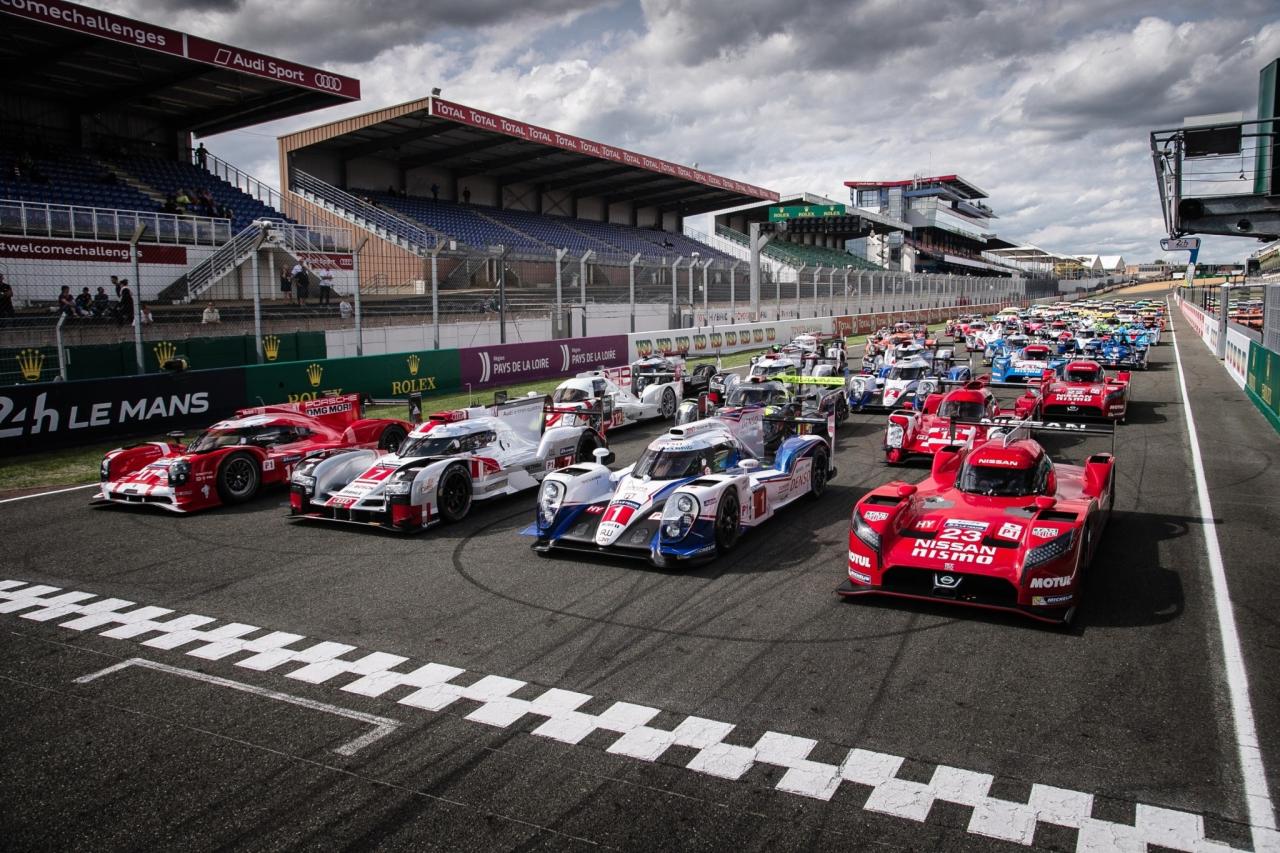
The motorsports landscape in 2025 is also characterized by significant trends that point towards its future evolution:
A. Increased Focus on Sustainability:
A. Sustainable Fuels: Continued push for 100% sustainable fuels across major championships (e.g., F1 aiming for 2026).
B. Electrification: Growth of fully electric championships like Formula E, Extreme E, and electric touring car series.
C. Carbon Neutral Operations: Circuits and teams increasingly adopting practices aimed at reducing their overall carbon footprint (e.g., renewable energy at venues, efficient logistics).
B. Technological Convergence:
A. Hybrid and Electric Powertrains: Learning from racing applications directly informing future road car development.
B. Advanced Materials: Use of lightweight and strong materials (e.g., advanced composites, 3D printed parts) in race car construction, leading to trickle-down benefits for consumer vehicles.
C. Data Analytics and AI: Increasingly sophisticated use of data and AI for race strategy, car development, and driver performance optimization.
C. Driver Diversity and Inclusion:
A. “Girls on Track” Initiatives: Programs aimed at encouraging female participation in motorsports, from karting to engineering roles.
B. Accessibility Programs: Efforts to make motorsports more accessible to people from diverse backgrounds, fostering a broader talent pool.
D. Sim Racing and Esports Integration:
A. Talent Pipeline: Sim racing (racing simulators) continues to grow as a legitimate pathway for identifying and developing real-world racing talent.
B. Fan Engagement: Esports competitions attract a new, younger demographic to motorsports, providing immersive fan experiences and alternative viewing opportunities.
E. Global Expansion and New Markets:
A. New Venues: Motorsports championships continue to explore new markets for races, especially in regions with growing fan bases and strategic importance.
B. Local Talent Development: Investments in junior formulas and driver academies in emerging markets to cultivate local talent.
F. The Spectator Experience in 2025
The way fans experience motorsports is also evolving, driven by digital innovation and a desire for more immersive engagement:
A. Immersive Broadcasts:
A. Onboard Cameras: More sophisticated onboard camera systems providing unique perspectives.
B. Data Overlays: Real-time data overlays (speed, G-forces, tire temps) enhancing the viewing experience.
C. AI-Powered Commentary: Potential for AI to provide additional insights and analysis during races.
B. Digital Platforms and Social Media:
A. Direct Fan Engagement: Teams and drivers using social media platforms to connect directly with fans, offering behind-the-scenes content and exclusive insights.
B. Interactive Apps: Race-specific apps providing live timing, strategy simulations, and personalized content.
C. Fan Zones and Event Experiences:
A. Simulator Experiences: Opportunities for fans to experience virtual racing in high-fidelity simulators at race venues.
B. Esports Arenas: Dedicated areas for esports competitions and gaming at race events, bridging the gap between virtual and real racing.
C. Concerts and Entertainment: Many motorsports events are evolving into broader entertainment festivals, incorporating music concerts, food festivals, and family-friendly activities to attract a wider audience.
Conclusion
Motorsports in 2025 is poised to be a season of captivating competition, accelerating technological innovation, and a deepening commitment to sustainability. From the hybrid marvels of Formula 1 and the endurance titans of Le Mans to the gritty challenges of the World Rally Championship and the wheel-to-wheel drama of touring car series, the year will showcase the pinnacle of automotive engineering and human daring.
Beyond the thrills on track, motorsports continues to be a vital laboratory for automotive development, pushing the boundaries of what’s possible and delivering insights that ultimately benefit everyday road users. As the industry embraces electrification, connectivity, and a more sustainable future, motorsports remains at the cutting edge, offering a glimpse into the high-performance vehicles of tomorrow. For fans worldwide, 2025 promises to be a year filled with unforgettable moments, reminding us why the pursuit of speed, the art of engineering, and the spirit of competition remain eternally captivating. The engines are revving, and the global spectacle is about to begin.

